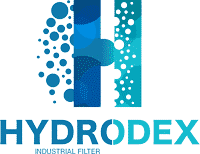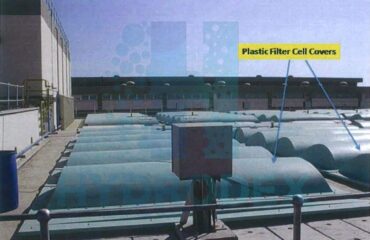Reverse Osmosis RO Membrane Scaling and Fouling: Causes
Reverse Osmosis RO Membrane Scaling and Fouling have many reasons which will be discussed in this article. First, we need to learn the mechanism of desalination plants. In desalination plants, Seawater is collected from the ocean using either subsurface intakes (wells, intake galleries, etc.) or open ocean intakes. Subsurface intakes naturally pre-screen and pre-filter the collected seawater and thereby they remove coarse debris, and most of the sand and particulates from the seawater. Open ocean intakes which collect ambient seawater directly from the ocean typically have equipment (bar racks, fine traveling screens, micro-screens, and/or strainers) to pre-screen large debris, floating materials, large aquatic organisms, coarse sand, and stringy materials from the source water. As a result, after preliminary screening by the intake facilities seawater typically contains the following five key groups of compounds that could cause Seawater Reverse Osmosis RO membrane scaling and fouling and therefore, would need to be removed by the pretreatment system:
- Particulate foulants (Mainly suspended solids and silt).
- Colloidal foulants: Compounds of relatively small size (0.2 μm to 1.0 μm) that are not in fully dissolved form. When concentrated during the membrane separation process they may coalesce and precipitate on the membrane surface (mainly clay-like substances).
- Mineral scaling foulants: Inorganic compounds (i.e., Ca, Mg, Ba, Sr salts) which during the salt separation process may precipitate and form a scale on the membrane surface (such as Calcium Carbonate CaCO3 and Calcium Sulfate CaSO4, and magnesium hydroxide) or may block the membrane diffusion layer (such as Iron and Manganese).
- Natural organic foulants: Natural organic matter that can attach to and foul the membranes.
- Microbial foulants: Marine organisms and soluble organic compounds that can serve as food to the microorganisms which inhabit in the source water and can form fouling biofilm reducing membrane transport.
Please visit the Hydrodex BLOG to learn more about each key group of compounds and how to prevent your RO membrane from scaling and fouling.



